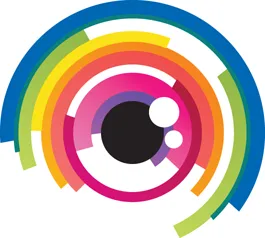
Mindset Mathematics: Visualizing and Investigating Big Ideas, Grade K
Jo Boaler, Jen Munson, Cathy Williams
- English
- ePUB (adapté aux mobiles)
- Disponible sur iOS et Android
Mindset Mathematics: Visualizing and Investigating Big Ideas, Grade K
Jo Boaler, Jen Munson, Cathy Williams
À propos de ce livre
Engage students in mathematics using growth mindset techniques
The most challenging parts of teaching mathematics are engaging students and helping them understand the connections between mathematics concepts. In this volume, you'll find a collection of low floor, high ceiling tasks that will help you do just that, by looking at the big ideas at the kindergarten-grade level through visualization, play, and investigation.
During their work with tens of thousands of teachers, authors Jo Boaler, Jen Munson, and Cathy Williams heard the same message—that they want to incorporate more brain science into their math instruction, but they need guidance in the techniques that work best to get across the concepts they needed to teach. So the authors designed Mindset Mathematics around the principle of active student engagement, with tasks that reflect the latest brain science on learning. Open, creative, and visual math tasks have been shown to improve student test scores, and more importantly change their relationship with mathematics and start believing in their own potential. The tasks in Mindset Mathematics reflect the lessons from brain science that:
- There is no such thing as a math person - anyone can learn mathematics to high levels.
- Mistakes, struggle and challenge are the most important times for brain growth.
- Speed is unimportant in mathematics.
- Mathematics is a visual and beautiful subject, and our brains want to think visually about mathematics.
With engaging questions, open-ended tasks, and four-color visuals that will help kids get excited about mathematics, Mindset Mathematics is organized around nine big ideas which emphasize the connections within the Common Core State Standards (CCSS) and can be used with any current curriculum.
Foire aux questions
Informations
BIG IDEA 1
Understanding the Physical Quantity of Number
References
- Boaler, J., & Zoido, P. (2016, November 1). Why math education in the US doesn't add up. Scientific American. Retrieved from https://www.scientificamerican.com/article/why-math-education-in-the-u-s-doesn-t-add-up/
- Boaler, J. (2014). Fluency without fear: Research evidence on the best ways to learn math facts. Retrieved from http://youcubed.org/teachers/2014/fluency-without-fear/
Count a Collection

Snapshot
Agenda
| Activity | Time | Description/Prompt | Materials |
| Launch | 5–10 min | Ask students what kinds of “How many?” questions they have asked themselves. Tell students that they are going to work with a partner to come to agreement about how many objects are in a given group. Model with a partner how to compare counts and resolve any disagreement. | Collection of objects (fewer than 10) in a container |
| Explore | 15–30 min | Partners work together to count a collection of objects and come to agreement about how many there are. |
|
| Discuss | 10 min | Gather the class in a circle and invite partners to share how they counted their collections. Partners can demonstrate the ways they counted. Highlight features of counting that you'd like to see others try, such as moving objects to count. | Optional: chart and markers |
| Extend | Ongoing | Create a counting station with a collection of objects for the class to count in small groups or independently over the course of several days. Provide tools for recording the various counts. Discuss how many are in the collection and come to agreement. |
|